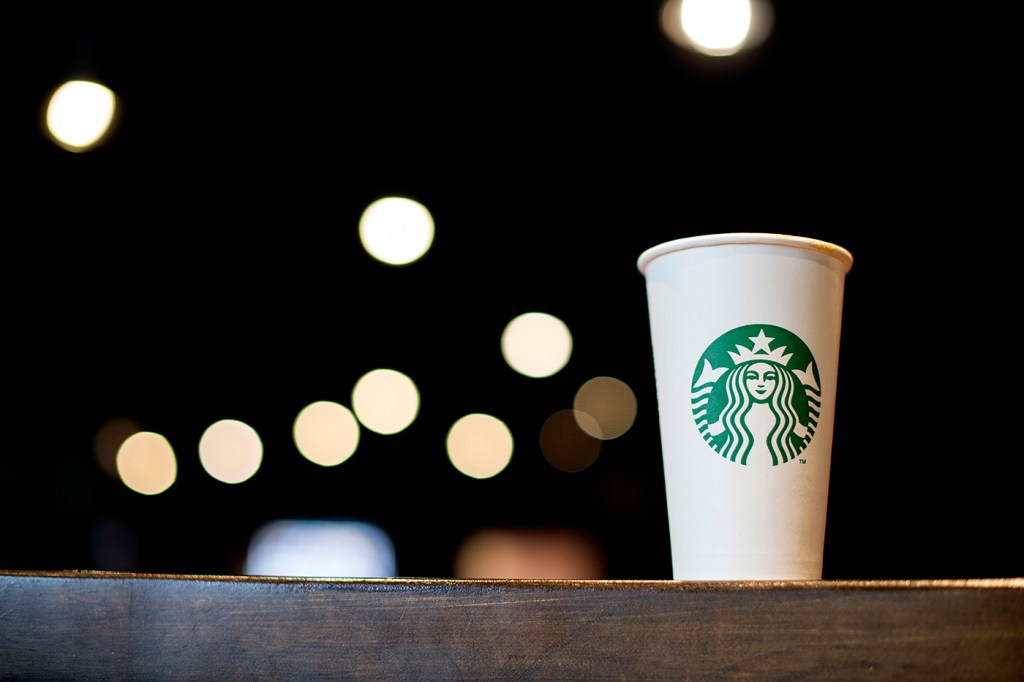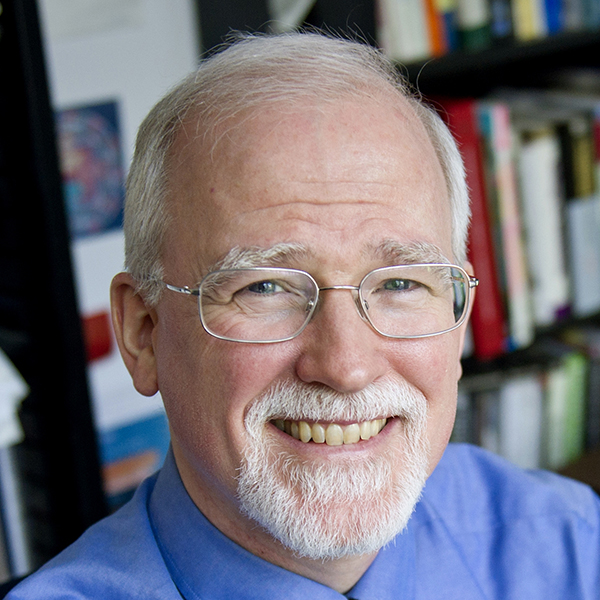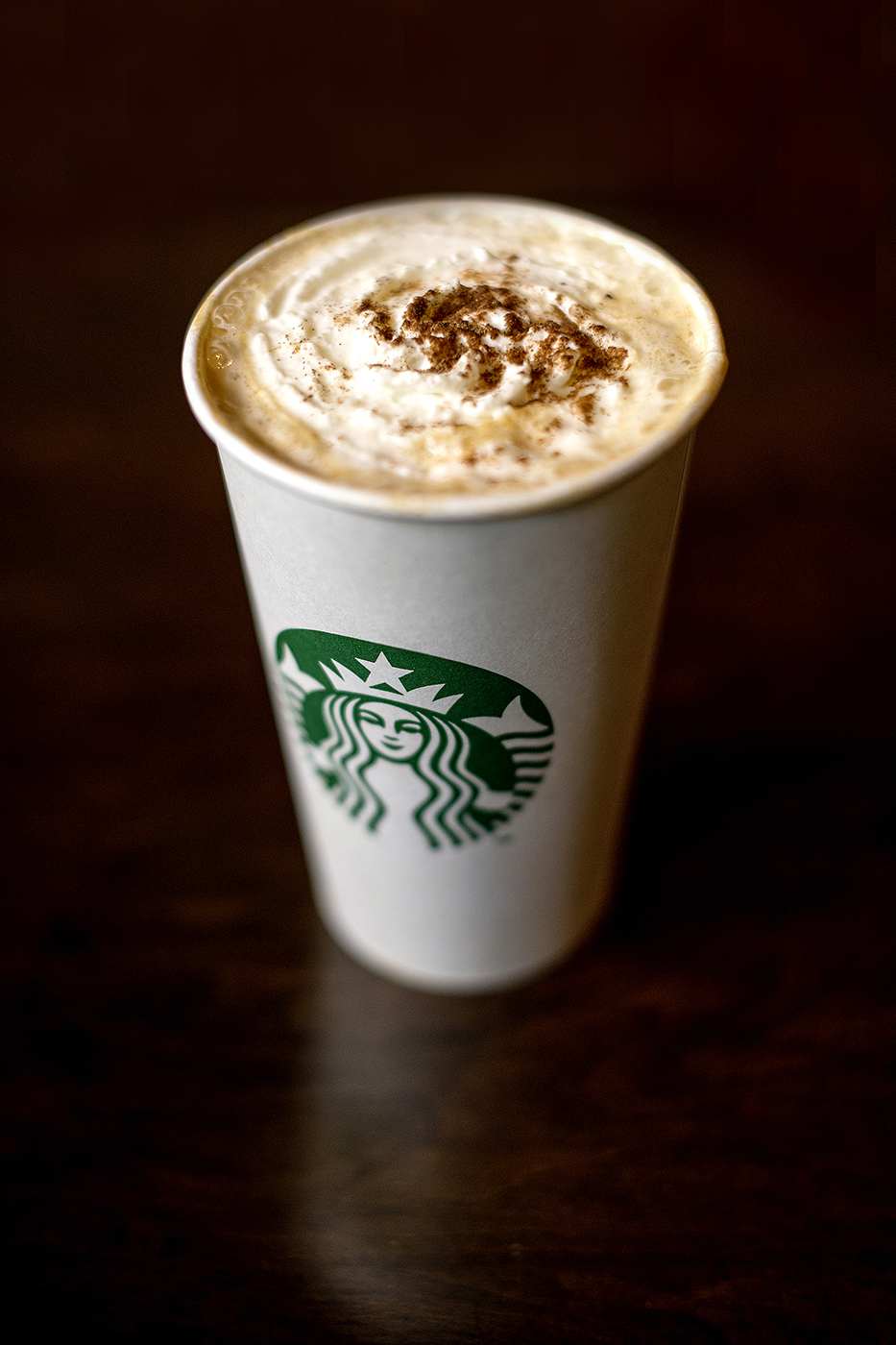Welcome to the ‘Pumpkin Spice Economy’

Ahh, the feeling of fall. Pumpkin Spice Lattes, the urgent sounds of cicadas, sweltering 100-degree heat… wait, what?

Bruce Clark.
Starbucks rolled out its polarizing Pumpkin Spice Latte this week, nearly a month before fall actually begins. It’s the earliest the company has ever introduced the flavor. Whether you love it or hate it might have to do with not only your taste buds, but your anxiety over what Northeastern business professor Bruce Clark calls “seasonal creep.”
As Clark puts it, promoting a fall flavor when it’s still summer can rub people the wrong way, especially those who feel as though big brands “distort the ‘natural’ cycle of our lives.”
Why do some people like it?
The Pumpkin Spice Latte (also known as PSL) clearly has a following. Part of this has to be the flavor itself. There’s a substantial population that finds the pumpkin spice flavorings attractive, and in fact there now exists what some have called the “Pumpkin Spice Economy” encompassing between $350 and $500 million in annual sales. This includes not only pumpkin- flavored coffee from Starbucks rivals such as Dunkin’ Donuts and Panera, but baked goods, craft beer, and yogurt, among others.
Beyond flavor, however, seasonal products tie into the feelings of that season, and emotions are a powerful motivator for purchase. To the extent you’re looking forward to the fall season, here is one reminder of that season. Buying the product reinforces those good feelings. We may even notice ads for seasonal products more if we are attuned to the seasonal change. That pumpkin spice has a very strong scent is another potential trigger: the sense of smell is strongly tied to emotions and memory.

Why do some people hate it?
Part of this has to be the flavor itself! Pumpkin is not to everyone’s taste. There has also been criticism that “pumpkin spice” is a completely artificial flavor. Famously, Starbucks only began including actual pumpkin in its drink in 2015.
Criticism this year has focused on a relatively early launch. This is an example of what has been called “seasonal creep,” when marketers expand selling seasons in a way that appears artificial. Think about Christmas decorations in October or the increasing portfolio of “days” around Thanksgiving (Black Friday, Small Business Saturday, Cyber Monday, Giving Tuesday).
The key word in both of those reasons is “artificial.” Authenticity is a big trend in consumer markets today, and to some people the PSL promotion can feel like an exemplar of all the things big brands do to us to distort the “natural” cycle of our lives. Think about the recent backlash against stores asking their employees to work on Thanksgiving as an example.
What does it do for Starbucks?
Love it or hate it, Starbucks reports that the PSL is its most popular seasonal beverage. A recent Forbes article claims that 350 million cups have been sold since it was created in 2003. The direct effect is revenues and profits for Starbucks. One analyst estimated sales of $100 million in 2015 alone. Assuming similar sales in 2018, that would equal about one-half of one percent of Starbucks’ total 2017 sales. And beverages are the most profitable items at Starbucks with an estimated profit margin of 80 percent.
The indirect effect lies in the buzz around the launch. This promotion engages a group of PSL loyalists—110,000 followers on Twitter, for example. It also raises Starbucks’ awareness generally, and may remind the occasional Starbucks customer to visit. Overall, to the extent that many of us are talking about PSL, that’s free publicity for the company.





